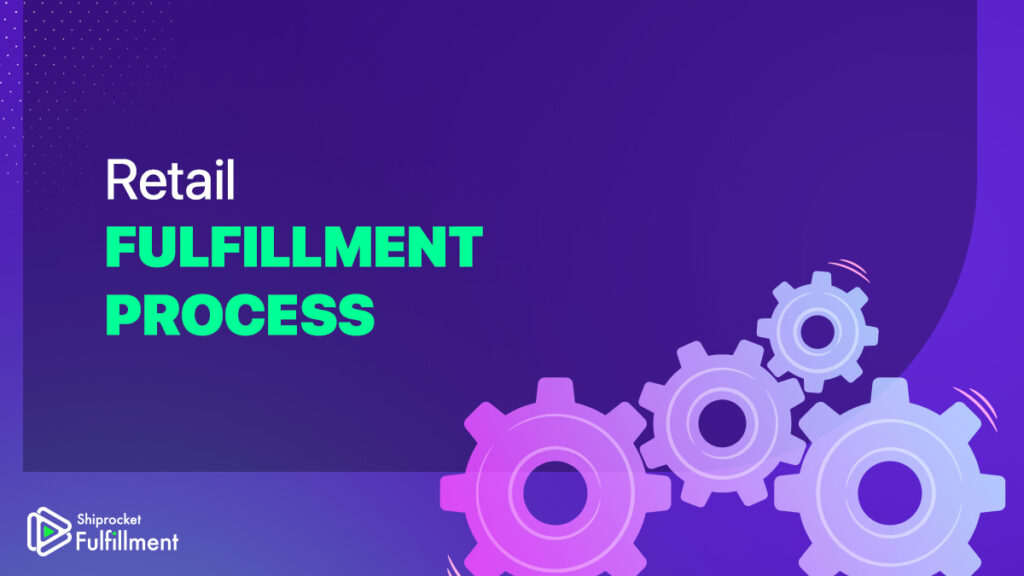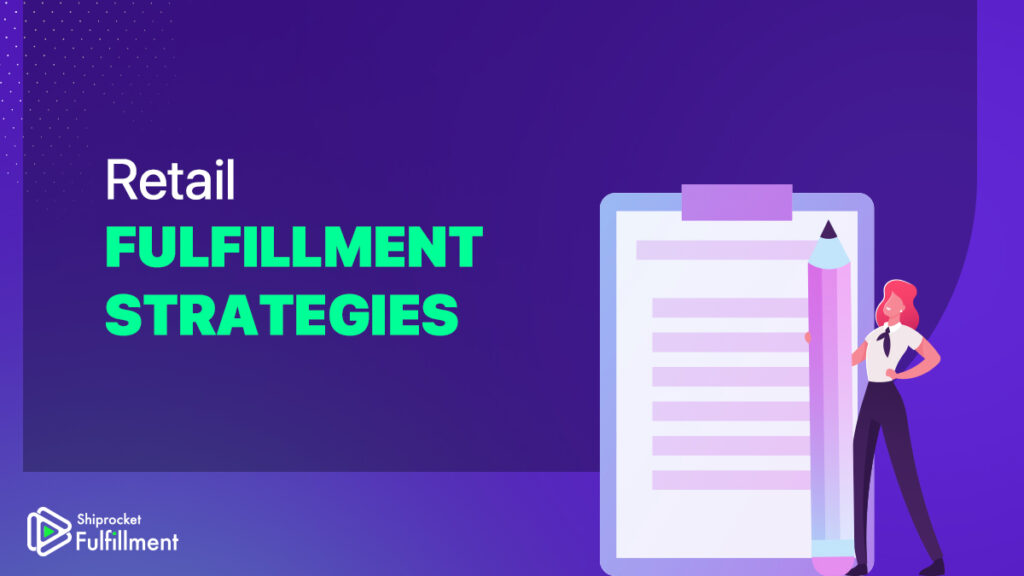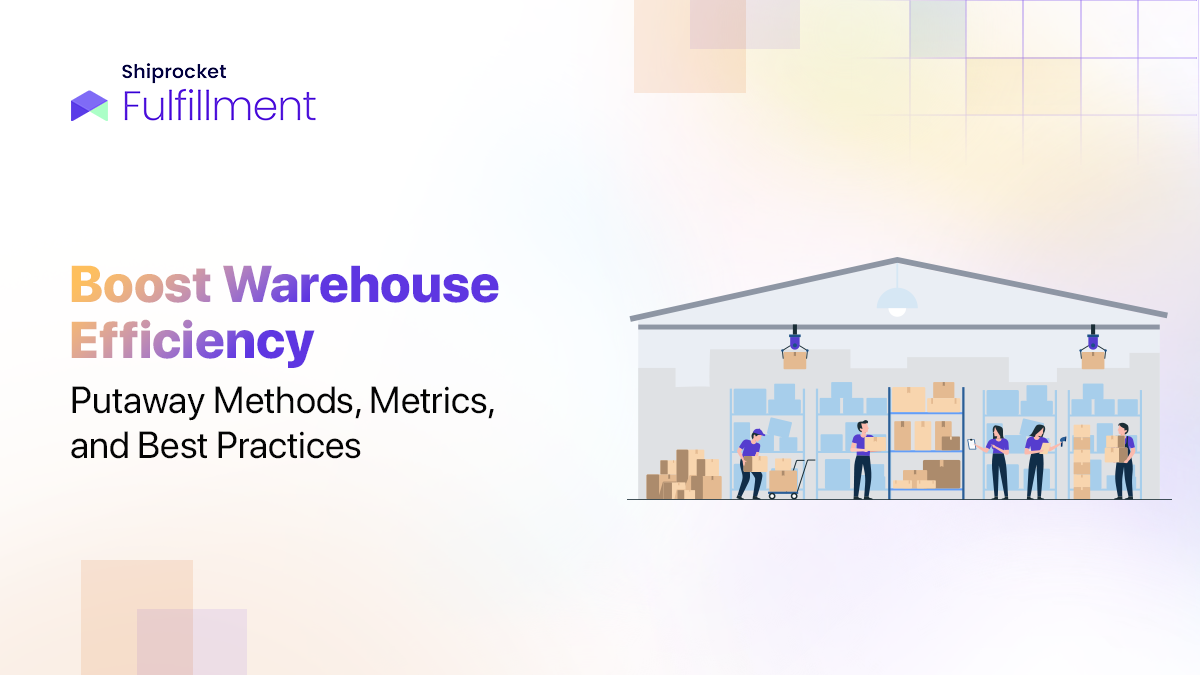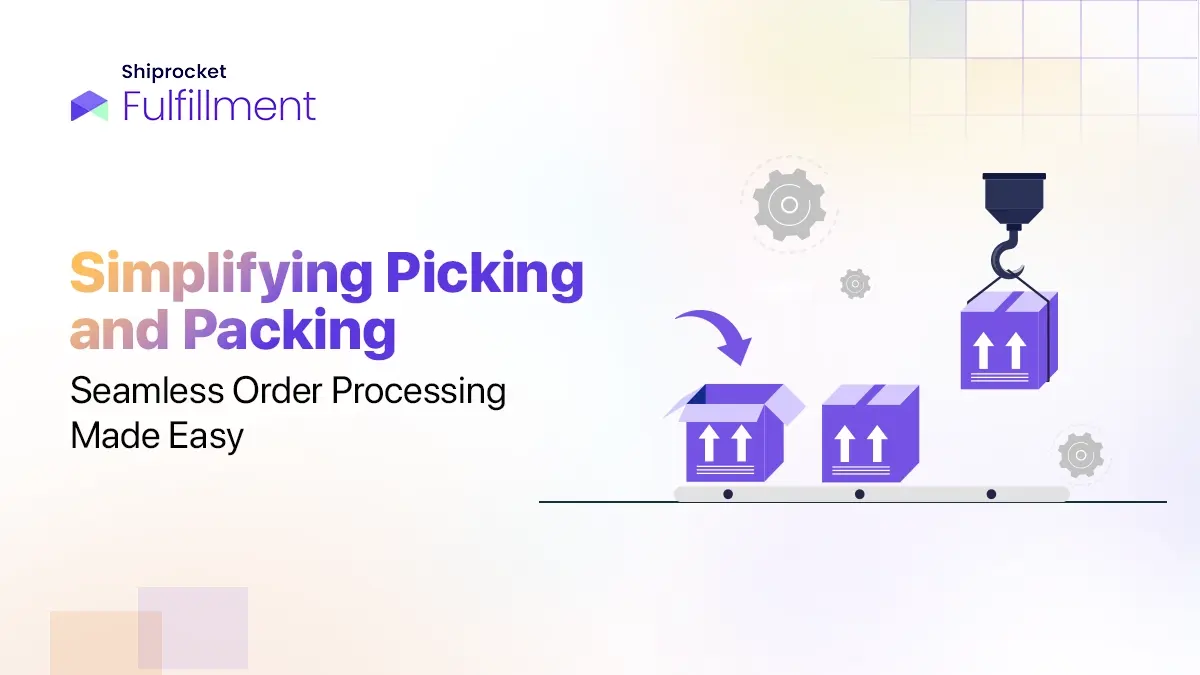During the coronavirus outbreak and lockdown, consumers were forced to shop online for their needs. As things are getting back to normal, most consumers are still preferring to shop online. Many companies have seen a sharp rise in online sales, and due to this shift in consumer behavior, many brick-and-mortar stores have also started selling products online.

As companies adapt to the online retail approach, they are realizing that there is a vast difference between selling products in-store and offline. Thus, knowing everything about the eCommerce order fulfillment or retail fulfillment process has become crucial.
The retail fulfillment process includes picking the right product from inventory, packing it, attaching proper shipping labels, and shipping and delivering it to the end customer. Also, there is a cost attached to this process.
Notably, to be able to run an online retail business successfully, it is crucial to improve and optimize your retail fulfillment process.
Let us now understand more about retail fulfillment, its processes, and strategies you can adopt.
What is Retail Fulfillment?
Retail fulfillment includes the assembly of products and shipping them to the end customer. In a brick-and-mortar store, the customers visit your store to purchase the products. They choose the product they want, pay for it, and take the product with them.
However, when buying from an online store, customers visit your website, choose the product, and pay for it. Once the order is placed, your fulfillment center receives a notification. The professionals at the fulfillment center pick, pack, and ship the right products on your behalf.
An efficient retail fulfillment process is crucial as it impacts the overall customer satisfaction of your brand. You might have a user-friendly website and a fast checkout process, but if you take more than the required time to pick, pack, and ship orders, you won’t be able to deliver orders on time. Also, if your shipping cost is high, your profit margins will be decreased. Partnering with a 3PL(Third party logistics) will help you optimize your retail fulfillment process.
Retail Fulfillment Process

As your business grows, working with a 3PL company to manage your order fulfillment process can help you scale your business faster and more efficiently. Their expertise in managing orders and processing them can benefit your business. Let’s have a look at the process:
Receiving Inventory
The process starts with receiving inventory from a third party. The inventory is counted and inspected. It is important to ensure that the inventory is not damaged and the correct amount is received.
Storing Inventory
Once the inventory is received, the next step in the process is to store it. The goods are inventoried, stored, and disbursed around the fulfillment center for short-term or longer-term storage.
Processing Orders
For every newly received order, the product is picked and packed. You can also integrate your website or sales channels with your 3PL platform to auto-sync the orders. This will help in processing orders faster and more efficiently.
Picking Orders
The picking team at the fulfillment center picks the products from the shelf according to the packing slip. It is crucial to choose the right product as per its size, color, and the number of units.

Packing Orders
Once the orders are picked, the next step in the process is to pack them. The picked orders are taken to the packing station, where the fulfillment team packs the order. The orders are packed in a way that the packaging is its lowest practical dimensional weight. Also, while ensuring the lowest dimensional weight, the experts ensure that the product has enough protective packaging layer so that it is not damaged during transit. Further, relevant shipping labels are attached to the packed product.
Shipping
The order is handed over to the courier partner to be delivered to the customer. The order can be shipped via road, air, or water, and the shipping cost is calculated based on the distance and weight of the shipment.
Delivery
The last step of the retail fulfillment process is delivering the parcel to the customer. Some courier partners might not deliver shipments to some locations. Thus, the delivery partner needs to be chosen carefully depending on the pickup and delivery locations and delivery time.
Processing Returns
In some cases, processing returns is an additional step. Sometimes, the customer returns the order. The return is processed carefully, ensuring the product is restocked. If the product was returned because it malfunctioned or was damaged, it is not restocked but marked a bad debt. Returns processing also includes quality checks.
Retail Fulfillment Strategies

Read on to learn a few retail fulfillment strategies:
1. Choosing a 3PL Partner
When choosing a 3PL service provider, it is crucial that you look into some vital points. For instance, the closer the fulfillment center is to your customers, the faster and cheaper you can deliver your orders.
2. Shipping Time
With Amazon’s same or next-day delivery, customers’ expectations have increased. Customers don’t want to wait for their products for long. Thus, your fulfillment partner must have different courier partners onboard who can deliver your products faster and, at the same time, at the lowest rates.
3. Sales Channel Integration
Your 3PL provider should also provide you with tech-enabled warehousing systems where you can integrate your sales channel for better and faster order processing. As an order is placed on your sales channel, the fulfillment center staff will also get a notification. He will pick, pack, and ship the right products to the customer in no time. The tracking information will also be sent to the customer for better order tracking.
Conclusion
By taking your brand online, you definitely have access to newer opportunities. But it is imperative that you have an efficient retail fulfillment process in place to ensure your orders are delivered on time and your customers have a superior experience with your brand.






